Understanding the Carbine: A Beginner’s Overview
What is a Carbine?
A carbine is a lightweight, short-barreled rifle that has evolved significantly over time. Typically, carbines boast a barrel length ranging from 14 inches to 20 inches, making them ideal for a multitude of practical applications. Their compact size allows for easy maneuverability and quick target acquisition, especially in environments where space is limited. While many people think of carbines as primarily military or law enforcement firearms, their versatility has made them popular among civilians, hunters, and sport shooters as well.
The History Behind the Carbine
The term “carbine” originates from the French word “carabine,” which refers to a short rifle carried by mounted soldiers. These firearms saw considerable use during the 19th century, especially in the American Civil War, where cavalry troops needed lightweight and portable options. As technology progressed, the design of carbines continued to evolve, integrating new calibers and more efficient mechanisms that catered to the needs of both military uses and civilian markets.
Post-World War II, the carbine took on a new form with the advent of assault rifles and semi-automatic options. Modern carbines often adopt features from these advancements, such as modularity, adjustable stocks, and various tactical accessories that enhance their performance and adaptability in different roles.
Types of Carbines and Their Uses
There are several types of carbines, each catering to specific needs and preferences. Common categories include:
- Military Carbines: Designed for combat, these types often use powerful calibers and are optimized for durability and performance in harsh conditions.
- Hunting Carbines: Typically chambered in .30-30, .308, and other hunting-friendly calibers, these carbines are built for accuracy and ease of handling in dense woods and open fields.
- Tactical and Defense Carbines: These carbines often employ advanced features such as adjustable stocks and Picatinny rails for mounting optics and accessories, making them suitable for home defense or law enforcement applications.
- Competition Carbines: Designed with precision and reliability in mind, these firearms are optimized for shooting sports, often featuring enhanced triggers and aftermarket modifications to fit specific competition needs.
Key Features to Look for in a Carbine
Barrel Length and Its Impact on Performance
When measuring the effectiveness of a carbine, barrel length plays a critical role. Shorter barrels offer more maneuverability, making them excellent choices for close-quarters situations. However, this often comes at the cost of accuracy and range compared to longer barrels, which typically provide greater velocity and stability at extended distances. Understanding the balance between these trade-offs is key to selecting the right carbine for your intended use.
Caliber Options and Considerations
Caliber selection is another critical factor when choosing a carbine. Depending on the model, calibers can range from .22LR for recreational shooting to .223 Remington and 7.62 NATO for defense and hunting. Each caliber comes with distinct ballistics, recoil characteristics, and stopping power, which can significantly affect performance. Consider your primary use—be it tactical, hunting, or target shooting—as this will guide your choice in caliber.
Ergonomics: Importance of Comfort and Control
Comfort and user control are paramount when handling a carbine. Ergonomics encompass elements like grip texture, stock adjustments, and weight distribution. Features such as folding stocks or adjustable length of pull can provide a more personalized fit, enhancing the shooter’s experience. The more comfortable and controlled the shooter feels, the more effectively they can handle the firearm in various scenarios.
Popular Accessories to Enhance Your Carbine Experience
Optics and Sights: Boosting Accuracy
The right optics can dramatically improve your ability to engage targets with a carbine. Options range from iron sights to advanced red dots and scopes. A red dot sight, for example, offers quick target acquisition and reduced parallax, making it ideal for dynamic shooting situations. Conversely, a high-powered scope may be more suited for precise long-range engagements. Choosing the right optical solution depends on your shooting style and intended applications.
Mounts and Rails: Customizing Your Setup
Modularity is a defining feature of many modern carbines, allowing for various attachments to enhance functionality. Mounts, rails, and picatinny systems let you easily attach lights, laser sights, or foregrips. By customizing your carbine with the correct accessories, you can tailor its performance to your specific needs and preferences. Understanding the specifications of your chosen components ensures compatibility and informs the overall setup process.
Magazines and Ammunition: Choosing the Right Fit
Understanding the types of magazines and ammunition available for your carbine is crucial. Consider magazine capacity, feeding mechanisms, and ease of reloading. Options range from detachable magazines to fixed-box designs, with capabilities ranging from 10 rounds to 30 or more, depending on the legality in your area. Equally important is choosing ammunition that maximizes your carbine’s performance while adhering to your intended purpose, whether for practice, competition, or self-defense.
Maintenance Tips for Longevity and Reliability
Cleaning Your Carbine: Best Practices
Regular maintenance, including effective cleaning practices, is essential for ensuring the longevity and reliability of your carbine. Start by breaking down the firearm according to the manufacturer’s specifications, ensuring that all parts are easily accessible. Use high-quality cleaning solvents to remove fouling from the barrel and action, then lightly oil moving parts to reduce friction. Following best practices not only extends the lifespan of your carbine but also enhances performance accuracy.
Routine Inspections to Ensure Safety
Beyond cleaning, regular inspections are integral to maintaining a safe and functional carbine. Check for wear on components like the bolt, firing pin, and extractor, as well as the condition of ammunition storage and magazine integrity. A systematic approach to these inspections can help identify potential issues before they lead to malfunctions, ensuring a safe shooting experience.
Upgrades and Modifications for Performance
Performance can often be enhanced through various upgrades and modifications to your carbine. Consider replacing factory triggers with performance-enhanced models, upgrading the handguard for better cooling and attachment capabilities, or installing a new stock to improve ergonomics. Each of these improvements has the potential to refine your firearm’s functionality, accuracy, and overall user experience. Nevertheless, it’s crucial to conduct thorough research, considering both performance goals and budget constraints.
Choosing the Right Carbine for Your Specific Needs
Assessing Your Purpose: Hunting, Defense, or Competition
The first step in selecting the right carbine is assessing its primary purpose. Are you looking for a reliable home defense weapon, a tool for hunting in the field, or a competitive firearm for shooting sports? Each scenario dictates different specifications and features. For example, a tactical carbine designed for home defense might prioritize maneuverability and quick handling, while a hunting carbine may focus on caliber selection and barrel length for maximum precision.
Budget Considerations: Finding Quality Within Reach
Your budget will significantly influence your decision when purchasing a carbine. While it may be tempting to go for the cheapest option, investing in a quality firearm that meets your needs will pay off in terms of reliability and performance. Analyze what features are most important to you and weigh those against available options. Be diligent in considering both the purchase price and ongoing costs such as maintenance, accessories, and ammunition.
Testing and Handling: Ensuring the Right Fit
Lastly, before committing to a purchase, testing and handling various carbines is vital to ensuring you choose the right fit. Many gun stores offer opportunities to rent weapons or partake in shooting events where you can experience different models first-hand. Focusing on aspects like weight distribution, comfort, and trigger response during these trials will help you make an informed decision. Remember, the best carbine for you is one that feels confident in your hands and meets your shooting requirements.

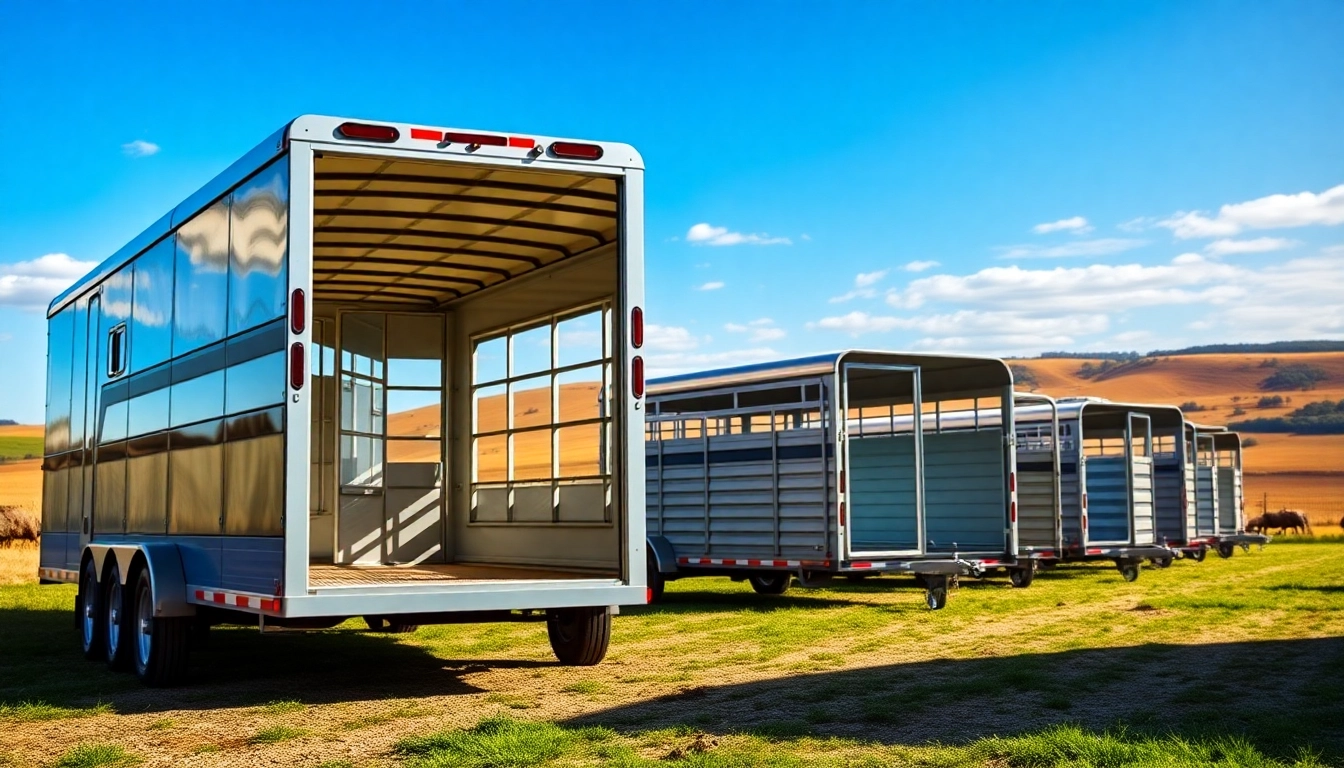
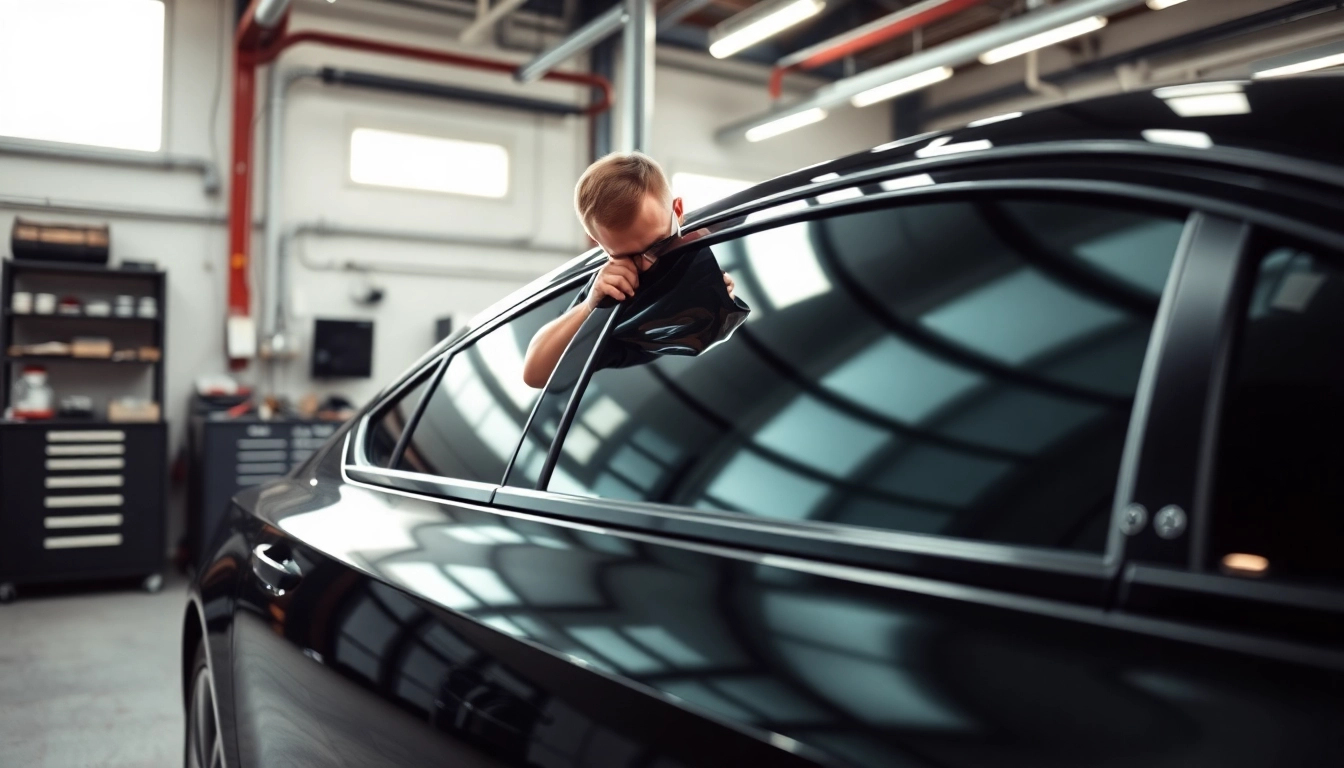
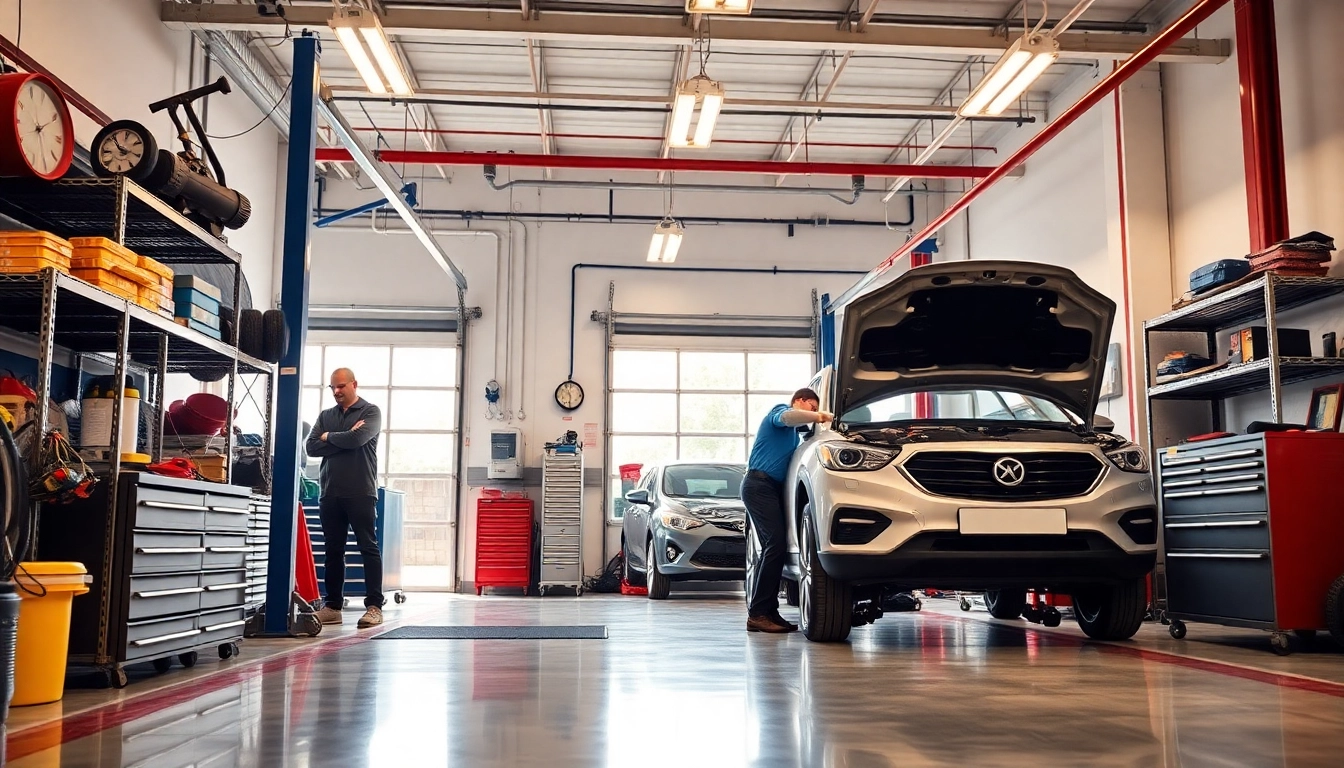
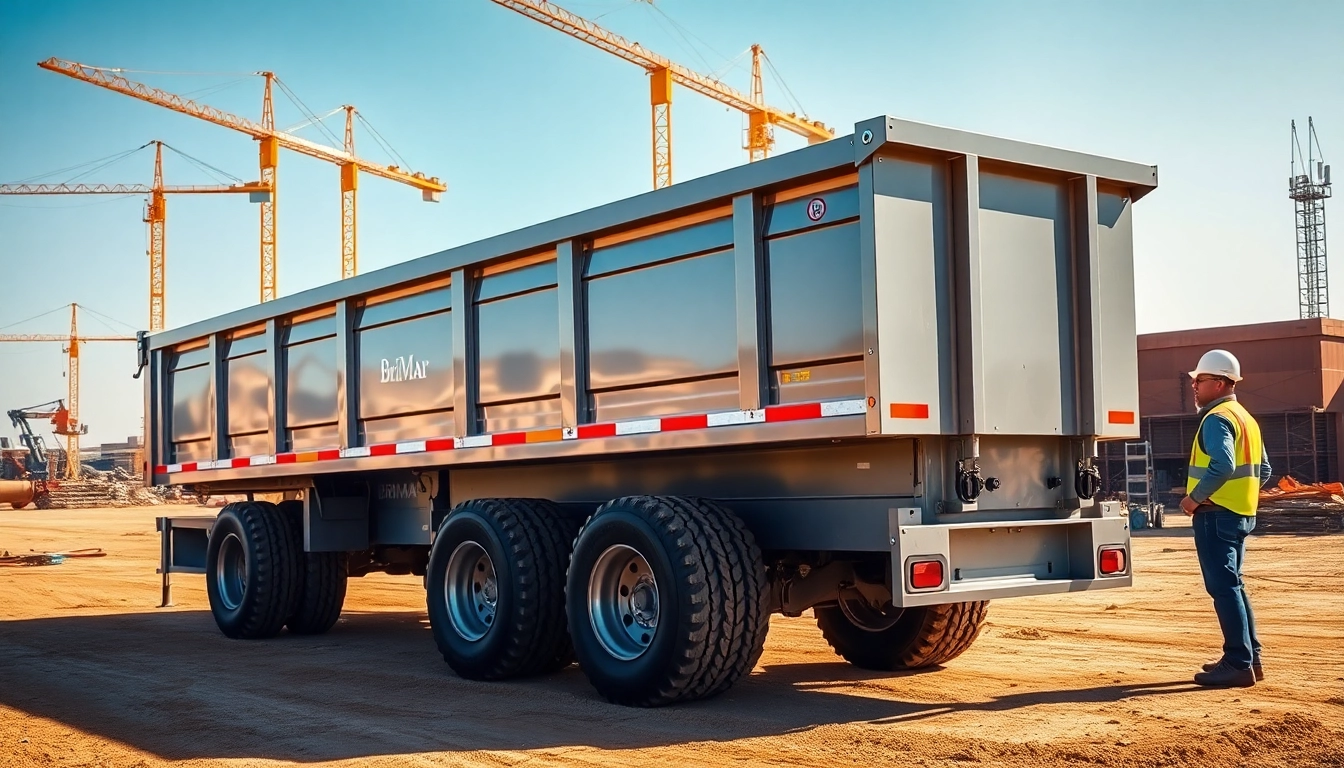
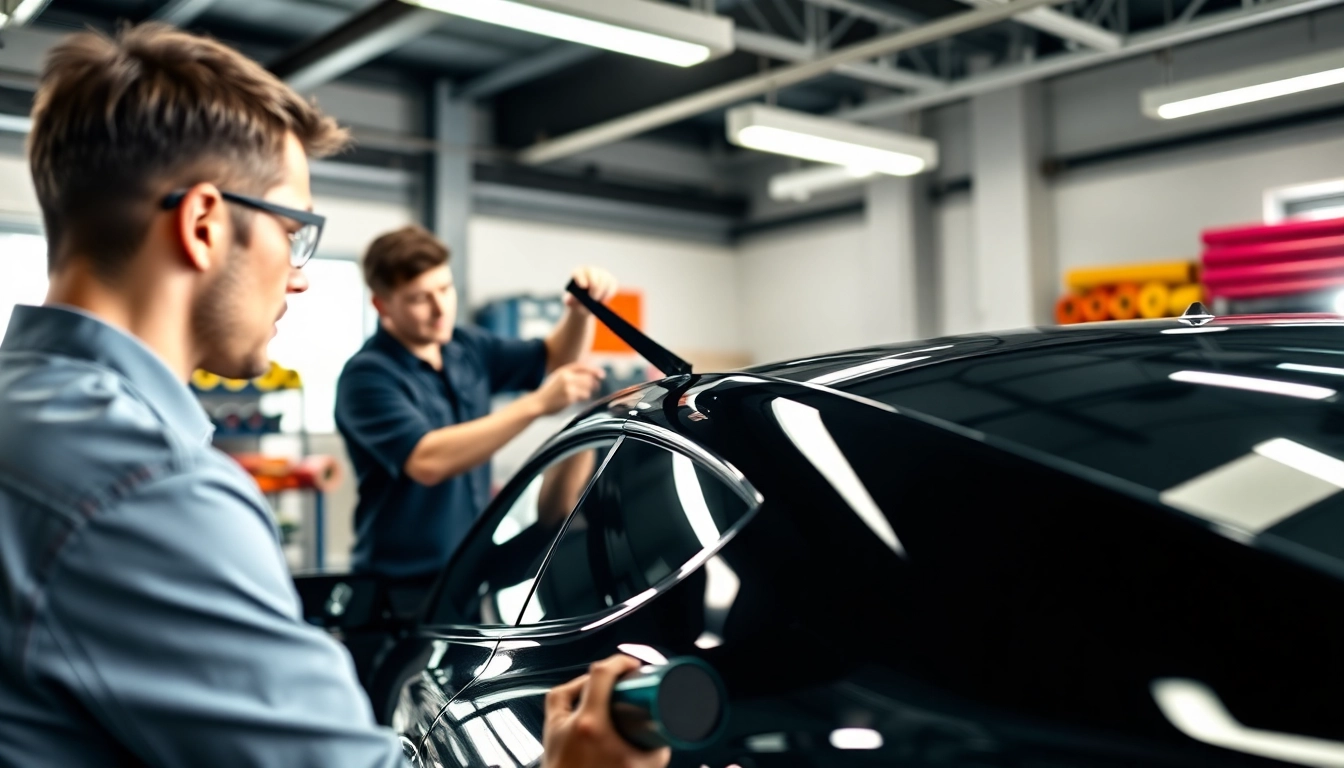



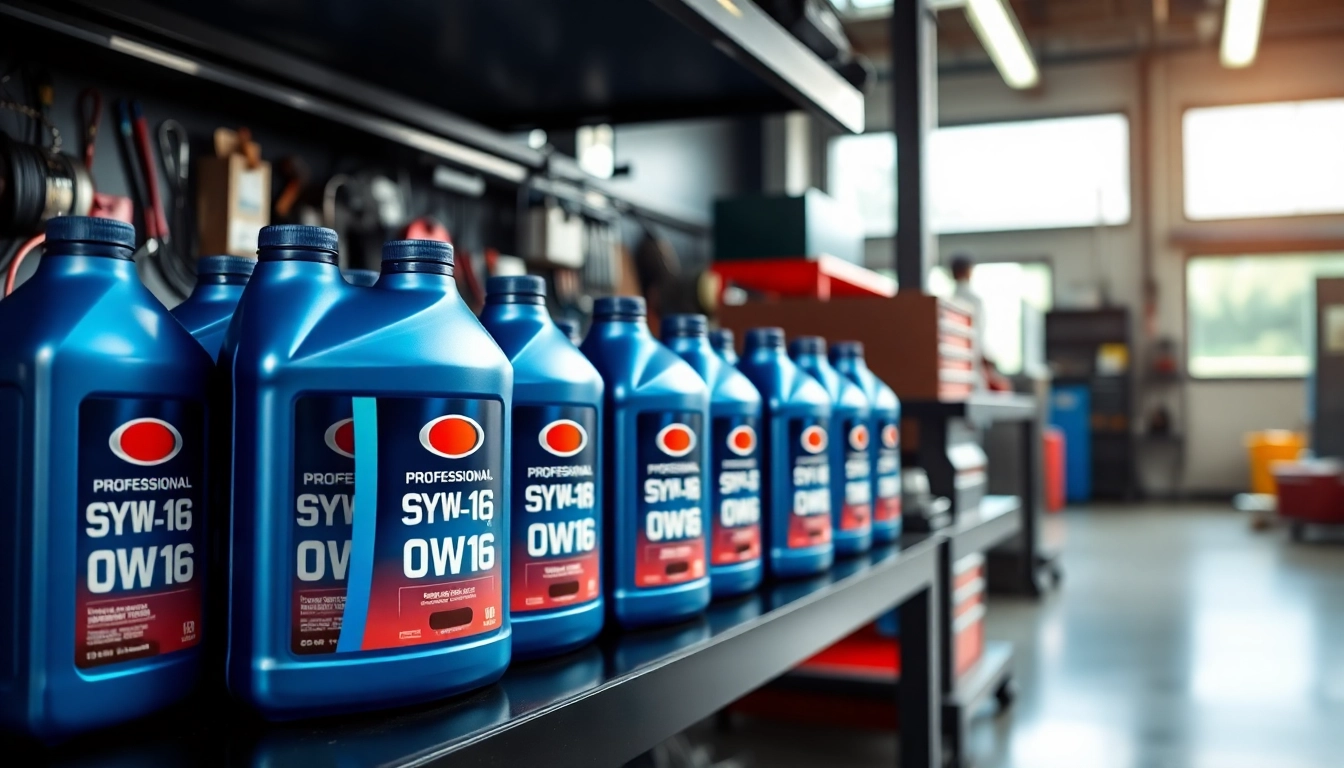



Leave a Reply